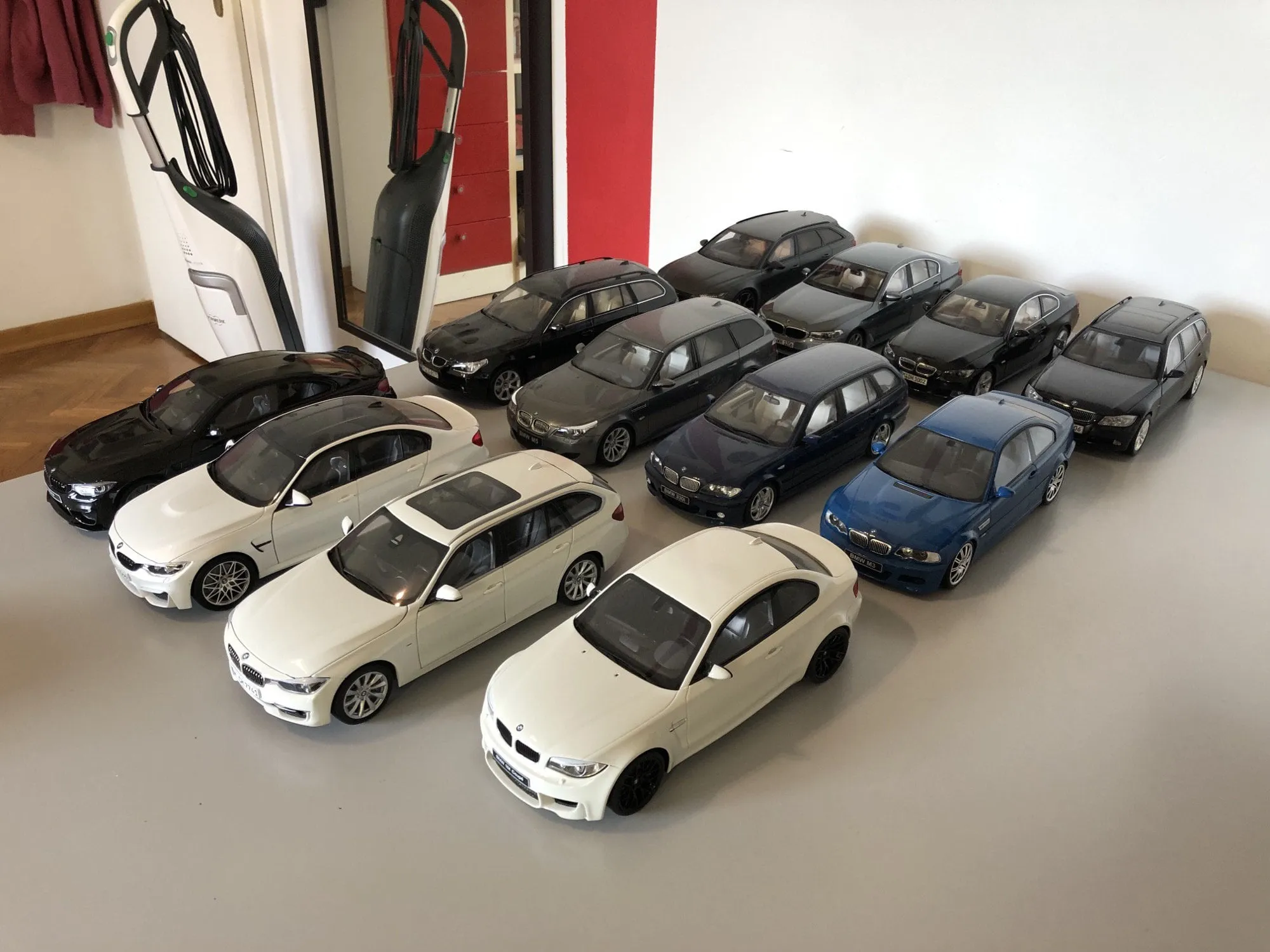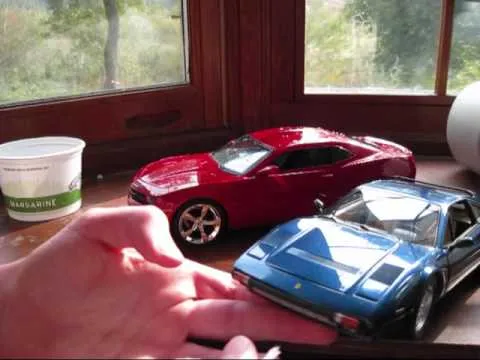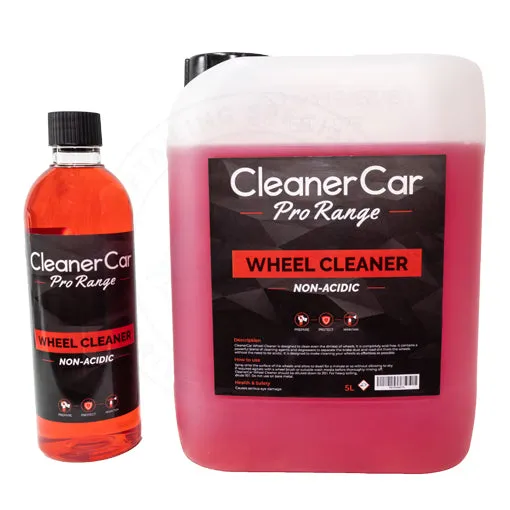The Importance of Proper Diecast Car Cleaning
Maintaining a pristine collection of diecast cars is a rewarding endeavor for any enthusiast. Cleaning these miniature marvels is not merely about aesthetics, it’s a crucial aspect of preserving their value and ensuring their longevity. Regular and meticulous cleaning prevents the accumulation of dust, grime, and other contaminants that can damage the paint, tarnish the metal, and degrade the intricate details. By understanding the importance of proper cleaning techniques, collectors can safeguard their investment and continue to enjoy the beauty of their diecast car collection for years to come. This guide provides the essential knowledge and methods to keep your models in showroom condition.
Why Clean Diecast Cars
Diecast cars, due to their construction and display methods, are particularly susceptible to accumulating dust, fingerprints, and environmental pollutants. These elements can cause irreversible damage over time, including scratches, discoloration, and corrosion. Regular cleaning removes these harmful substances, preserving the original condition and appearance of the models. Moreover, cleaning can prevent the build-up of sticky residue, which might attract further debris and complicate future cleaning efforts. Regular cleaning also enhances the aesthetic appeal of the collection, allowing collectors to fully appreciate the craftsmanship and detailing of each model.
Benefits of Regular Diecast Car Cleaning

The benefits of cleaning your diecast cars extend far beyond mere aesthetics. Regular cleaning is a form of preventative maintenance, helping to identify and address potential issues before they escalate. By inspecting the models during the cleaning process, collectors can detect early signs of damage, such as paint chips, rust spots, or loose components. This proactive approach allows for timely repairs and interventions, preventing further deterioration. Furthermore, a clean collection is a sign of a collector’s dedication and care, adding to the overall value and enjoyment of the hobby. The act of cleaning can also be a therapeutic process, providing an opportunity to connect with your collection and appreciate the beauty of each model.
Essential Tools and Supplies for Diecast Cleaning
To properly clean diecast cars, you’ll need the right tools and supplies. Investing in quality products will ensure your models are cleaned safely and effectively, without causing any damage. The following list outlines the essential items you should have on hand to keep your collection looking its best. Having these tools readily available will make the cleaning process more efficient and enjoyable, allowing you to focus on preserving and showcasing the beauty of your diecast car collection.
Cleaning Solutions
Gentle cleaning solutions are key to effectively removing dirt and grime without damaging the delicate paint and finishes of your diecast cars. Avoid harsh chemicals, abrasives, and solvents, as they can strip paint, dull finishes, or even dissolve plastic parts. Instead, opt for mild soap solutions specifically designed for cleaning delicate surfaces. You can also use specialized diecast cleaners, which are formulated to be safe and effective for these types of models. Always test any cleaning solution on a small, inconspicuous area of the model before applying it to the entire surface, to ensure it does not cause any discoloration or damage. Diluted isopropyl alcohol can also be used to remove stubborn grime.
Microfiber Cloths

Microfiber cloths are essential for cleaning diecast cars because they are soft, non-abrasive, and highly effective at trapping dust and dirt. Unlike traditional cloths, microfiber cloths won’t scratch the delicate paint surfaces. They are also lint-free, ensuring that no stray fibers are left behind, which can detract from the model’s appearance. It’s recommended to have a supply of clean microfiber cloths on hand. Use separate cloths for dusting, washing, and drying. This will help to prevent cross-contamination and maintain the cleanliness of your models. Always wash your microfiber cloths separately from other items and avoid using fabric softeners, as these can reduce their effectiveness.
Soft-Bristled Brushes
A soft-bristled brush is an invaluable tool for cleaning hard-to-reach areas and removing stubborn dirt from diecast cars. Look for a brush with soft bristles to avoid scratching the paint or damaging delicate parts. These brushes are perfect for cleaning around grilles, wheels, tires, and other intricate details. When using a soft-bristled brush, apply gentle pressure and work in a circular or sweeping motion to loosen and remove dirt. Use a dry brush for dusting and a slightly damp brush (with your cleaning solution) for more thorough cleaning. After cleaning, rinse the brush thoroughly and allow it to dry completely before storing it, to prevent the growth of mold or mildew.
Cotton Swabs
Cotton swabs, also known as cotton buds, are perfect for detailed cleaning of small parts and hard-to-reach areas on your diecast cars. Their small size and absorbent tips make them ideal for removing dust, grime, and fingerprints from intricate details such as door handles, mirrors, and gauges. When using cotton swabs, gently dampen the tip with a cleaning solution or water and carefully wipe the desired areas. Be careful not to apply excessive pressure, which could damage the model. Use fresh cotton swabs frequently to avoid spreading dirt. After cleaning, discard used swabs to maintain a clean and organized workspace.
Step-by-Step Guide to Cleaning Diecast Cars

Cleaning diecast cars is a straightforward process when approached systematically. Following these steps will ensure a thorough and safe cleaning of your models, preserving their beauty and value. Remember to work in a well-lit area and take your time, paying attention to detail. Always test cleaning solutions on a small, inconspicuous area before applying them to the entire model. With patience and care, you can keep your diecast cars in pristine condition.
Dusting and Pre-Cleaning
Before washing your diecast cars, it’s important to remove loose dust and debris. This prevents scratching the paint during the washing process. Use a soft-bristled brush or a dry microfiber cloth to gently dust the entire surface of the model. Pay special attention to areas where dust tends to accumulate, such as crevices, vents, and around the wheels. For more stubborn dust, you can use a compressed air duster to blow away the particles. Make sure to hold the air duster at a safe distance and avoid directing the air stream at delicate parts. Once the surface is free of loose dust, you can proceed to the washing step.
Washing the Diecast Car Body
After pre-cleaning, the next step is to wash the body of your diecast car. Prepare a solution of mild soap and water in a clean container. Dip a clean microfiber cloth into the solution and gently wipe the surface of the model. Avoid scrubbing, as this could damage the paint. Work in sections, rinsing the cloth frequently to prevent spreading dirt. For stubborn grime or fingerprints, you can use a slightly damp cotton swab to carefully clean the affected areas. Once the entire body is washed, rinse the model thoroughly with clean water to remove any soap residue. Then, proceed to the drying step.
Cleaning Wheels and Tires

The wheels and tires of your diecast cars often accumulate a significant amount of dirt and grime. To clean them effectively, use a soft-bristled brush and a mild cleaning solution. Dip the brush into the solution and gently scrub the wheels and tires, paying attention to the details. For intricate wheel designs, you may need to use a cotton swab to reach the hard-to-access areas. After cleaning, rinse the wheels and tires thoroughly with clean water. If the tires are made of rubber, you can apply a small amount of tire shine or protectant to restore their appearance. Be careful not to get any cleaning solution or protectant on the painted surfaces of the model.
Detailed Cleaning of Small Parts
Pay attention to the small details, such as mirrors, door handles, and gauges, as these are often overlooked but can significantly affect the overall appearance of your diecast cars. Use cotton swabs dampened with a cleaning solution or water to carefully clean these areas. Gently wipe away any dust, dirt, or fingerprints. A toothpick can also be useful for removing dirt from very tight spaces. For chrome parts, be extra careful and use a soft cloth to avoid scratching the finish. The goal is to restore the original shine and detail of each component, enhancing the realism of your models.
Drying and Protecting Your Diecast Cars
Once the cleaning process is complete, it’s essential to dry and protect your diecast cars. This ensures that no water spots or residues remain on the surface, preserving their pristine condition. Proper drying and protection are key to maintaining the beauty and value of your models. There are different techniques to achieve this, and the use of protective products can further enhance the longevity of your collection. Take your time and follow the steps carefully to achieve the best results.
Drying Techniques

After rinsing your diecast cars, it’s crucial to dry them thoroughly. Use a clean, dry microfiber cloth to gently pat the surface of the model. Avoid rubbing, as this could scratch the paint. Pay special attention to crevices, gaps, and other areas where water might collect. For hard-to-reach areas, you can use a compressed air duster to blow away any remaining water droplets. Make sure the model is completely dry before storing it or applying any protectants. This prevents water spots and corrosion, ensuring that your diecast cars maintain their pristine appearance.
Applying Wax or Protectant
Applying a wax or protectant can enhance the shine and protect the paint finish of your diecast cars. Choose a wax or protectant specifically designed for automotive paint or delicate surfaces. Apply a thin, even coat of the product to the surface of the model, following the manufacturer’s instructions. Use a clean microfiber cloth to buff the wax or protectant to a shine. This will create a protective barrier against dust, fingerprints, and UV rays. However, avoid using wax or protectant on plastic parts, as it could cause discoloration or damage. This step is optional, but it can significantly enhance the appearance and longevity of your diecast car collection.
Common Mistakes to Avoid When Cleaning Diecast Cars
Even with the best intentions, it’s easy to make mistakes when cleaning diecast cars. Being aware of these common pitfalls can help you avoid damaging your models and ensure a successful cleaning process. Avoid these mistakes to keep your collection in top condition.
Using Harsh Chemicals

One of the most common mistakes is using harsh chemicals, such as strong detergents, solvents, or abrasive cleaners. These chemicals can strip the paint, dull the finish, and even damage delicate parts. Always opt for mild, pH-neutral cleaning solutions specifically designed for delicate surfaces. Avoid using household cleaners, as they often contain harsh chemicals that can harm your diecast cars. Always test any cleaning solution on a small, inconspicuous area before applying it to the entire model. If you’re unsure about a particular cleaning product, it’s best to err on the side of caution and avoid using it.
Applying Too Much Pressure
Applying too much pressure when cleaning can easily scratch the paint or damage delicate parts of your diecast cars. Always use gentle motions and avoid scrubbing vigorously. Use soft cloths and brushes and avoid applying excessive force. When cleaning hard-to-reach areas, use cotton swabs or toothpicks with care, to avoid damaging intricate details. If you’re having trouble removing dirt or grime, try using a more effective cleaning solution or a specialized tool, rather than increasing the pressure. Remember, patience and a gentle touch are essential for preserving the beauty of your diecast cars.
Neglecting Small Details
Neglecting the small details can undermine your cleaning efforts and detract from the overall appearance of your diecast cars. Pay close attention to areas such as mirrors, door handles, grilles, and wheels. These are often the first places where dust and grime accumulate. Use cotton swabs, soft brushes, and toothpicks to remove dirt from these hard-to-reach areas. Taking the time to clean these small details can make a significant difference in the overall appearance of your models, showcasing your commitment to detail and care. Regularly inspect your models for any signs of damage or wear during the cleaning process.
Storing Cleaned Diecast Cars
Once your diecast cars are clean and dry, proper storage is essential to protect them from damage and maintain their pristine condition. Storing your collection correctly prevents dust accumulation, reduces the risk of accidental damage, and preserves the models’ value. There are several storage options available, from simple shelves to specialized display cases. The best option depends on your collection size, display preferences, and the level of protection desired. Choosing the right storage solutions will keep your models safe for years to come.
Display Cases and Shelves
Display cases and shelves are excellent for showcasing your diecast car collection while protecting them from dust and damage. Display cases often feature clear panels that allow you to admire your models while keeping them safe from environmental elements. Choose display cases that are made of non-reactive materials to prevent any potential damage to the models. Shelves offer a more open display option, and they can be customized to fit your space and collection size. When using shelves, consider adding dust covers or placing the models in protective cases to minimize dust accumulation. Regular dusting of the display cases or shelves is still necessary to maintain their pristine condition.
Protective Cases
Individual protective cases are the ultimate way to safeguard your diecast cars from dust, damage, and handling. These cases can be made of various materials, such as clear plastic or acrylic, and are designed to fit individual models. They provide an additional layer of protection against accidental scratches and impacts. Protective cases are particularly useful for valuable or fragile models. They also make it easier to transport your collection and prevent the accumulation of dust. When storing your diecast cars in protective cases, make sure the cases are clean and dust-free to avoid any damage. Consider using acid-free tissue paper to further protect the models from scratches.
Conclusion
Cleaning diecast cars is a rewarding process that preserves their beauty, value, and longevity. By following the guidelines outlined in this guide, you can keep your collection in pristine condition and enjoy these miniature marvels for years to come. Remember to use gentle cleaning solutions, soft cloths, and brushes, and avoid harsh chemicals or excessive pressure. Regularly clean your models, paying attention to detail, and protect them with proper storage. The care and maintenance of your diecast car collection are essential for any enthusiast. Enjoy the process and the joy of owning such beautiful models.
